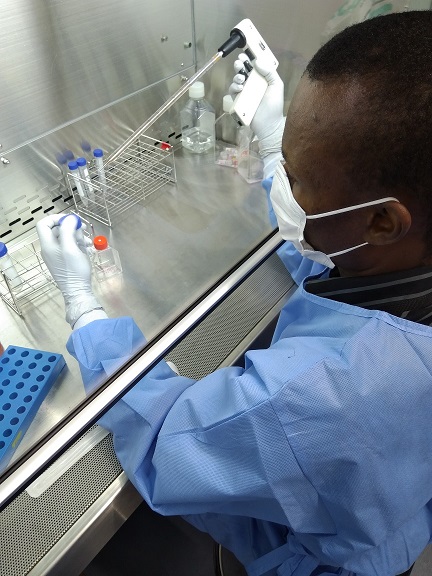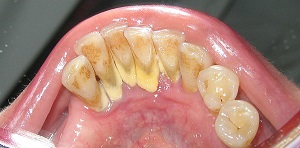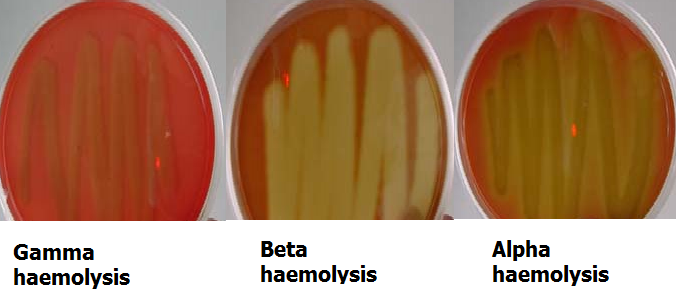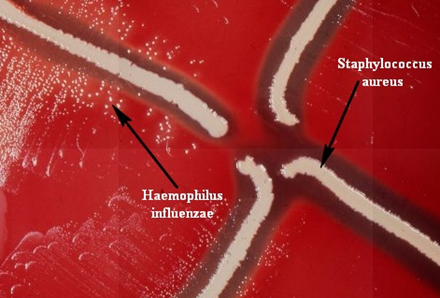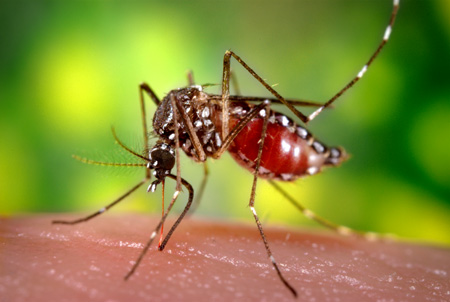HISTORICAL PERSPECTIVE OF CELL CULTURE
The history of cell culture cannot be complete without the mention of Henrietta Lacks, whose immortal cell lines (HeLa cells) from cervical carcinoma helped revolutionize the field of cell culture. HeLa cells are immortal cell lines that was derived from a deadly cervical tumor from a cancer patient (named Henrietta Lacks) in 1951 after she […]
HISTORICAL PERSPECTIVE OF CELL CULTURE Read More »
Cell Culture Notes
